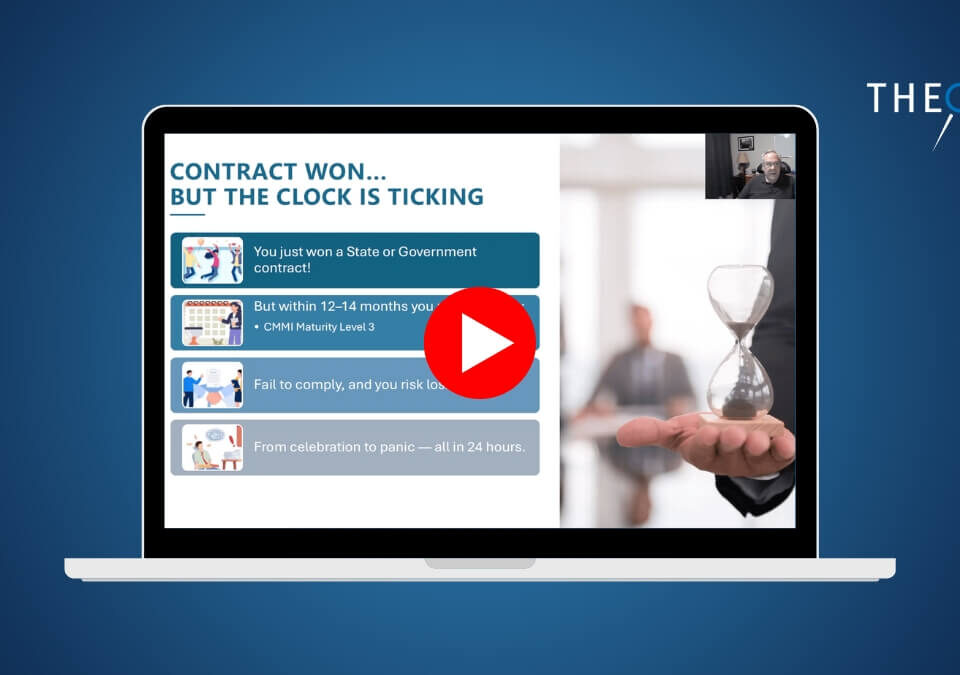
1. Tracking Actual vs. Budgeted Project Costs
“Where are we with the budget?” It’s a critical question, but one many teams struggle to answer. According to PMI’s Project Success Report, only 57% of organizations complete their projects within budget, and just 29% say they always have a clear view into budget health.
In software projects, costs rarely go off track without a reason. With fixed-fee vendor or contractor costs, you know what you’re paying for upfront. But it’s these preventable culprits that often throw the budget off course: scope creep, delayed decisions, team collaboration, risk management, or hidden third-party usage fees.
That’s where this metric becomes so valuable. This metric tracks what has been spent compared to what was planned. And more importantly, why.
Your project manager should continuously track and provide regular updates that clearly show:
- How much of the total budget has been used
- What’s driving the biggest costs
- Any areas trending over (or under) budget—and why








